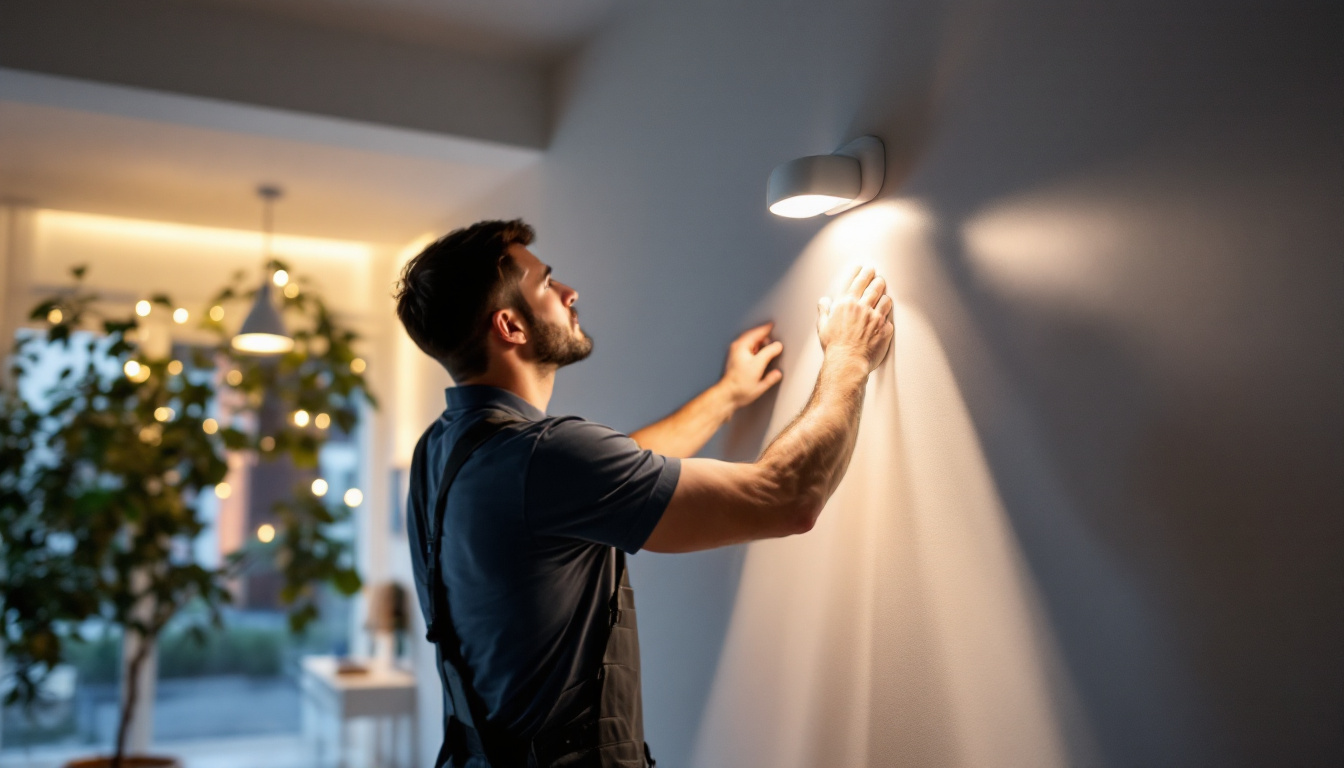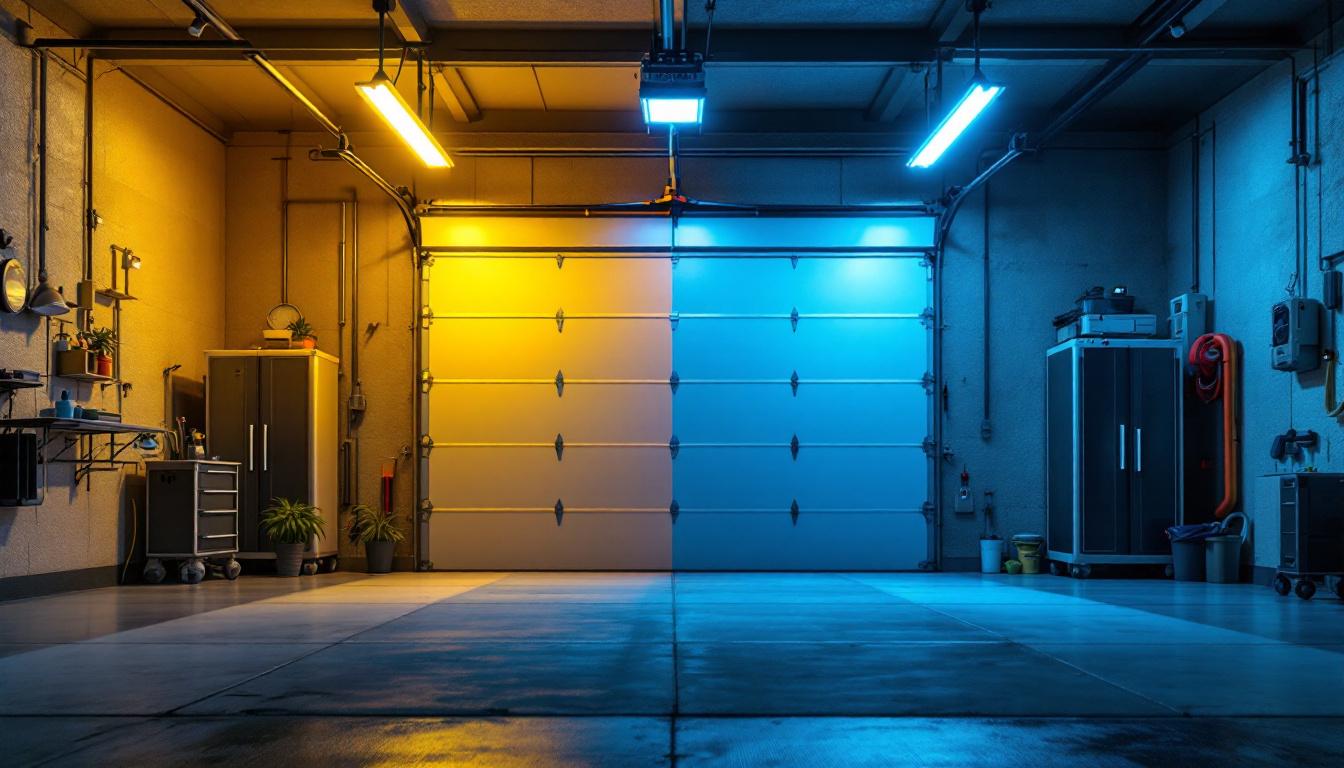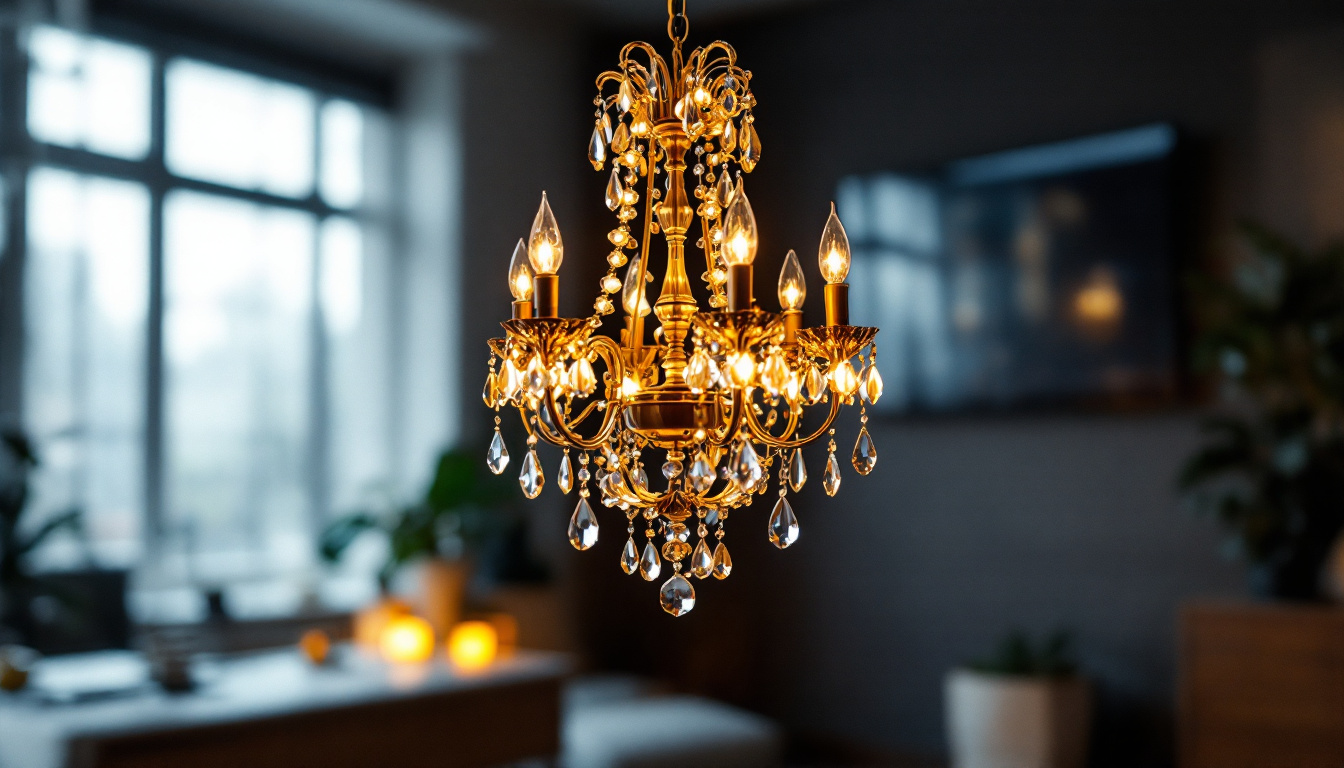
As the world continues to embrace energy-efficient lighting solutions, LED lights have become a staple in both residential and commercial environments. However, there are concerns about their impact on sensitive electronic equipment, particularly personal computers. For lighting contractors, understanding these implications is crucial not only for their own projects but also for advising clients effectively. This article explores the potential risks associated with LED lights and shares real-world success stories that highlight the importance of proper installation and usage.
LED (Light Emitting Diode) technology is celebrated for its efficiency and longevity. However, the electrical characteristics of LEDs can pose challenges when integrated with electronic devices. One primary concern is electromagnetic interference (EMI), which can disrupt the performance of sensitive equipment, including PCs.
EMI occurs when electrical circuits emit electromagnetic radiation that interferes with nearby electronic devices. In the context of LED lights, the drivers that regulate power can generate noise that affects the performance of computers and other electronics. This interference can lead to erratic behavior, data corruption, or even hardware damage.
While not all LED lights produce significant EMI, those with poor design or low-quality components are more likely to cause issues. For lighting contractors, it’s essential to select high-quality LED products that meet industry standards to minimize the risk of interference. Additionally, the layout of the wiring and the proximity of LED fixtures to sensitive equipment can also play a critical role in the level of EMI experienced. Proper shielding and grounding techniques can further help in reducing the impact of EMI, ensuring that electronic devices operate smoothly without disruption.
The power supply used with LED lights can also contribute to potential problems. Inadequate or poorly designed power supplies can create voltage fluctuations that may harm connected devices. For instance, a sudden spike in voltage can lead to overheating or component failure in a PC.
Contractors should ensure that the power supplies used in their LED installations are compatible with the systems they are powering. Using power supplies that are specifically designed for LED applications can help mitigate these risks. Furthermore, it’s important to consider the total load on the power supply. Overloading a power supply can not only cause performance issues but can also shorten the lifespan of both the LED fixtures and the connected electronics. Regular maintenance and monitoring of power supply performance can help identify potential issues before they escalate, allowing for timely interventions that can save both time and resources.
Despite the potential risks associated with LED lighting, many contractors have successfully implemented LED solutions without compromising the integrity of electronic devices. Here are some real-world examples that illustrate how proper practices can lead to successful outcomes.
In a recent office renovation project, a lighting contractor was tasked with upgrading the lighting system to energy-efficient LED fixtures. The office housed several high-performance computers used for graphic design and video editing, which are particularly sensitive to electrical interference.
To ensure the safety of the PCs, the contractor conducted thorough research on LED products and selected fixtures with built-in EMI shielding. Additionally, they opted for high-quality power supplies that provided stable voltage output. The result was a successful installation that improved the office’s lighting quality while safeguarding the electronic equipment. This careful selection process not only protected the devices but also enhanced the overall aesthetic of the office space, creating a more inviting environment for both employees and clients. The contractor’s attention to detail in the installation process further ensured that the lighting was evenly distributed, eliminating harsh shadows that could hinder the creative work being done in the space.
A retail store decided to replace its traditional lighting with LED solutions to enhance the shopping experience and reduce energy costs. However, the store also relied heavily on electronic point-of-sale systems and digital signage, making it crucial to avoid any potential interference.
The lighting contractor implemented a phased approach, first testing a small section of the store with various LED options. They monitored the performance of the electronic systems closely during this trial phase. By selecting fixtures with low EMI emissions and using isolated circuits for the lighting, the contractor ensured that the store’s technology remained unaffected. The upgrade was not only successful but also led to a notable increase in customer satisfaction. Shoppers reported feeling more comfortable and engaged, as the new lighting highlighted products more effectively and created a warm atmosphere. Furthermore, the store saw a significant reduction in energy costs, which allowed them to reinvest those savings into other areas of the business, such as enhancing customer service and expanding product offerings.
To avoid potential pitfalls when integrating LED lights with sensitive electronic equipment, lighting contractors should adhere to several best practices. These guidelines will help ensure that installations are both effective and safe for all electronic devices involved.
Investing in high-quality LED fixtures and components is paramount. Look for products that have been tested for EMI emissions and comply with relevant industry standards. This diligence can prevent many issues associated with interference and ensure a reliable lighting solution. Additionally, consider sourcing products from reputable manufacturers who offer warranties and support. This not only provides peace of mind but also ensures that you have access to replacement parts or advice if any issues arise post-installation.
A comprehensive site assessment is essential before any installation. Understanding the specific needs of the environment, including the types of electronic devices present, will guide the selection of appropriate lighting solutions. Additionally, assessing the existing electrical infrastructure can help identify potential issues before they arise. During the assessment, it may also be beneficial to engage with the client to discuss their preferences and any specific lighting goals they may have, such as energy efficiency or aesthetic appeal. This collaborative approach can lead to more tailored solutions that meet both functional and design requirements.
Once the installation is complete, educating clients on maintenance practices is crucial. Regular checks on the lighting system and power supplies can help identify any emerging issues before they escalate. Providing clients with information on how to recognize signs of interference can also empower them to take proactive measures. Furthermore, consider creating a maintenance schedule or checklist that clients can follow, which includes tasks such as cleaning fixtures, checking connections, and monitoring energy consumption. This not only fosters a sense of ownership over the lighting system but also enhances its longevity and performance.
In the rapidly evolving field of lighting technology, staying informed about the latest trends and advancements is vital for lighting contractors. Regularly attending industry conferences, workshops, and training sessions can provide valuable insights into new products, techniques, and regulations. Networking with other professionals can also lead to the sharing of best practices and innovative solutions that can enhance your service offerings. Embracing new technologies, such as smart lighting systems that integrate with IoT devices, can further position your business as a leader in the field, attracting clients who are looking for cutting-edge solutions.
Despite the success stories and best practices, there are still misconceptions surrounding LED lighting and its impact on PCs. Addressing these misunderstandings can help lighting contractors communicate more effectively with clients and alleviate concerns.
One common myth is that all LED lights will cause interference with electronic devices. While it’s true that some low-quality products can create issues, many reputable LED fixtures are designed to minimize EMI. Educating clients about the importance of product quality can help dispel this myth.
Another misconception is that LED lights will inevitably damage PCs. While there is a risk of interference, proper installation and product selection can significantly reduce this risk. By sharing success stories and best practices, contractors can reassure clients that LED lighting can coexist safely with their electronic devices.
As technology continues to evolve, the future of LED lighting in environments with sensitive electronics looks promising. Innovations in LED technology, including improved designs that minimize EMI, are emerging regularly. Lighting contractors must stay informed about these advancements to provide the best solutions for their clients.
New technologies, such as smart lighting systems that integrate seamlessly with electronic devices, are becoming more prevalent. These systems often include features that enhance compatibility and reduce the risk of interference. Contractors who embrace these advancements will be well-positioned to offer cutting-edge solutions to their clients.
Ongoing education and training for lighting contractors are essential in navigating the evolving landscape of LED technology. Participating in workshops, webinars, and industry conferences can provide valuable insights into the latest products and best practices. This commitment to learning will ultimately benefit both contractors and their clients.
LED lights have revolutionized the lighting industry, offering energy efficiency and versatility. However, the potential risks associated with their use in environments with sensitive electronics cannot be overlooked. By understanding the technology, adhering to best practices, and staying informed about emerging trends, lighting contractors can successfully integrate LED solutions without compromising the integrity of electronic devices.
Real-world success stories demonstrate that with careful planning and execution, it is possible to harness the benefits of LED lighting while safeguarding sensitive equipment. As the industry continues to evolve, contractors who prioritize quality and education will lead the way in ensuring that innovation and safety go hand in hand.
Ready to elevate your lighting projects while ensuring the safety of sensitive electronics? At LumenWholesale, we provide lighting contractors with the assurance of top-quality, spec-grade lighting products at unbeatable wholesale prices. Our extensive selection is designed to meet the highest industry standards, so you can integrate LED solutions with confidence. Say goodbye to inflated markups and hello to hassle-free bulk buying with free shipping. Don’t compromise on quality or value—Wholesale Lighting at the Best Value is just a click away. Partner with LumenWholesale today and experience the perfect blend of quality, affordability, and convenience for all your lighting needs.

Discover the essentials of wall LED lights for outdoor spaces in just 5 minutes.

Discover innovative cost-saving strategies for lighting contractors with indoor motion sensor lights.

Explore the pros and cons of fluorescent garage lights compared to modern alternatives.

Discover essential insights into chandelier lighting that every contractor should know.